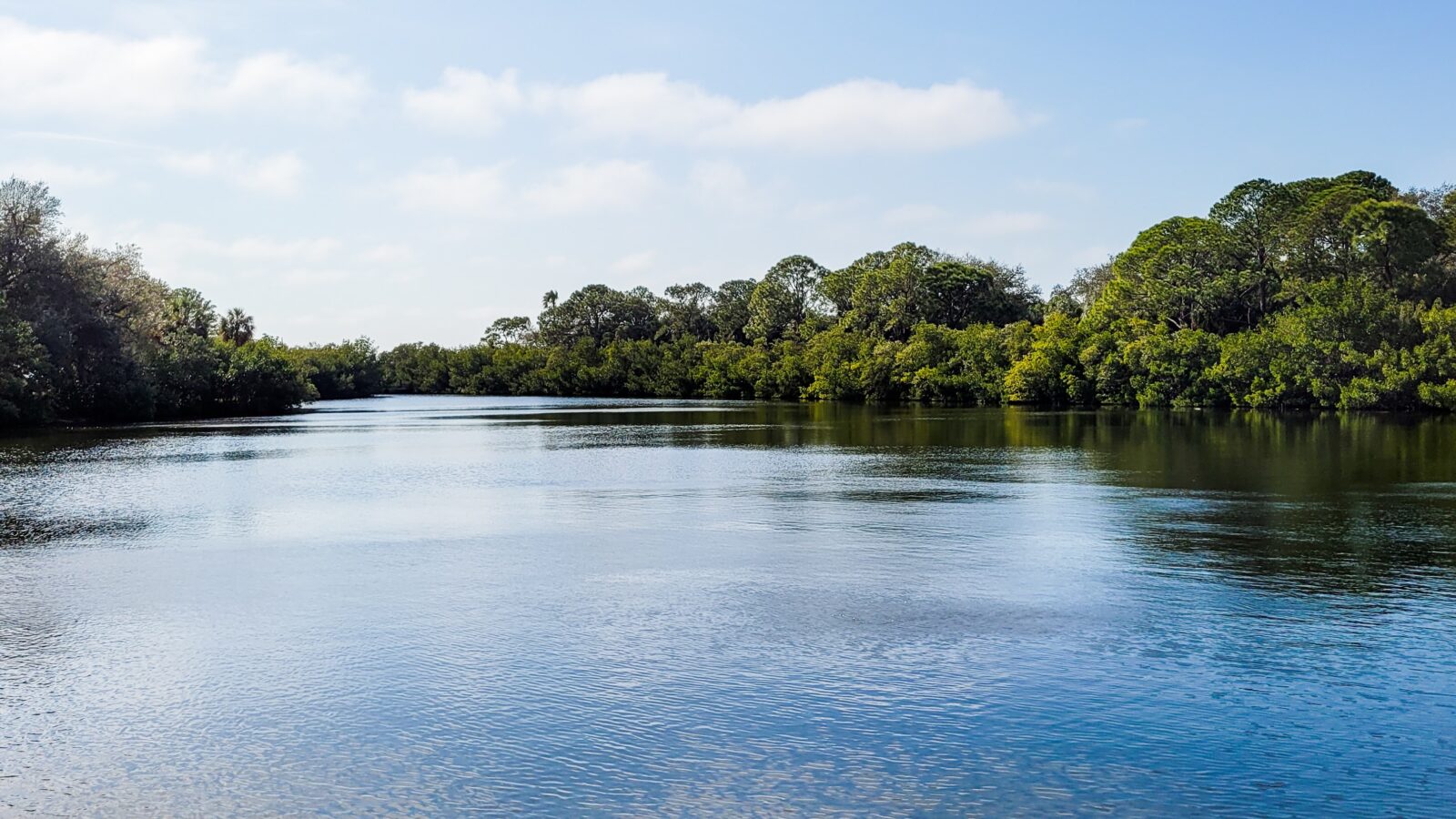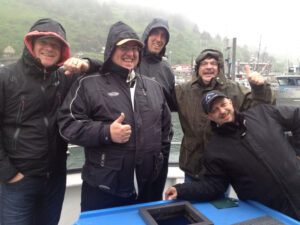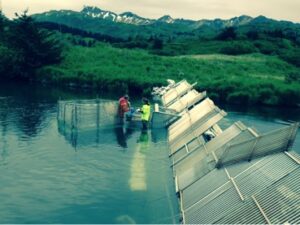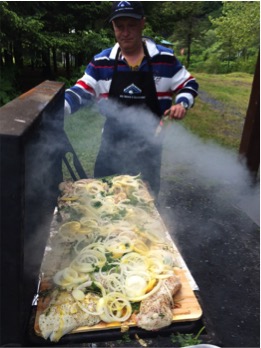
In June 2014, the Alaska Seafood Marketing Institute (ASMI) educated eleven members of the German trade and media on Alaska Seafood sustainability with an extensive Alaska fisheries tour. The effects of the trip can be seen in the German market today.
The trip produced a lasting impression for the travelers, which included representatives from HRI distributors, importers, traders, and the press: Transgourmet Seafood, Sterk Trading, L&D, Royal Greenland, Marina Wolfsburg, Mosle GmBh, Vorsitzender des Vereins, Brunkhorst Catering, Fisch Magazin and Kadewe. The visit to Alaska including a seminar in Anchorage with fisheries managers was essential in explaining the complex nature of fisheries management in Alaska, as some fisheries are managed by the State of Alaska and others are federally managed.

The National Marine Fisheries Service and the Alaska Department of Fish & Game (ADF&G) use many fishery management methods and techniques, such as Total Allowable Catch (TAC) –which is set as a firm limit, beyond which fishing must stop. They also regulate by time-and-area closures which allow fishing during certain times or in certain areas, set restrictions on the size of boats and on gear types, and set gear prohibitions. Additionally, Alaska limits the number of harvesters in a fishery and uses “rights-based” management, which grants ownership rights to a fraction of the TAC.
On June 12th ASMI took their visitors to Kodiak, a small but busy fishing port on an island the Gulf of Alaska. There, the group met with ADF&G officials, who are responsible for managing Alaska’s prestigious salmon fisheries under the “sustained yield principal.” In fact, sustainable management of Alaska’s fisheries is mandated by the Alaska State Constitution and Alaska seafood has been sustainable since Alaska achieved statehood.

The group walked the docks, toured a commercial fishing vessel and visited the Buskin River Weir, a device set in the river which allows fish counters to record salmon escapement. “Escapement” means the annual estimated number of spawning salmon that escape capture. Workers took scales and weights from returning sockeye salmon to track the genetic history of each salmon.
ASMI International Marketing Committee Chairman and Kodiak resident, Jeff Stephan, explained, “There a symbiotic tie between research and management in Alaska and all management is based on real time research. Fish and Game is constantly checking the distribution of stocks at their weirs. They are essential to management throughout Alaska and the body of research that is collected helps ensure the long-term sustainability of the fisheries.”
 The participants also toured an Alaska seafood processing plant and spent a day fishing. An attending chef prepared the catch, cooking up beach-grilled cod, rockfish and halibut fresh out of the sea, which Stephan recalls as “One of the most artistic and memorable seafood meals I’ve ever had!”
The participants also toured an Alaska seafood processing plant and spent a day fishing. An attending chef prepared the catch, cooking up beach-grilled cod, rockfish and halibut fresh out of the sea, which Stephan recalls as “One of the most artistic and memorable seafood meals I’ve ever had!”
All were impressed with the care taken by agencies across Alaska to preserve the sustainability of the Alaska fisheries and the hands-on experience proved unforgettable. ASMI recently followed up with the German trade members. Three articles have been written about Alaska fisheries responsible management: in August, Rewe published a story about the trip in their in-house magazine and Fisch Magazin featured two articles about sustainable Alaska seafood.
Additionally, Sterk Trading has added the Alaska seafood logo with the words “Wild, Natural and Sustainable” to packing crates. Transgourmet, a major HRI supplier, featured their entire 42 item Alaska product line in their catalogue under the ASMI logo with the sustainability tagline


